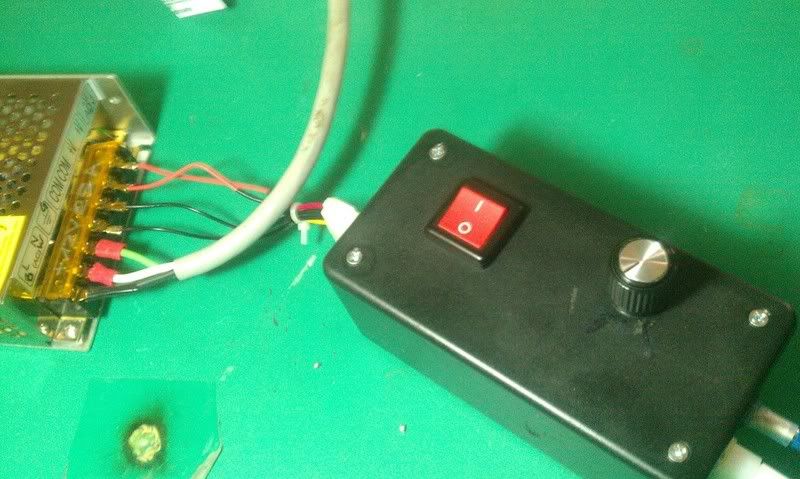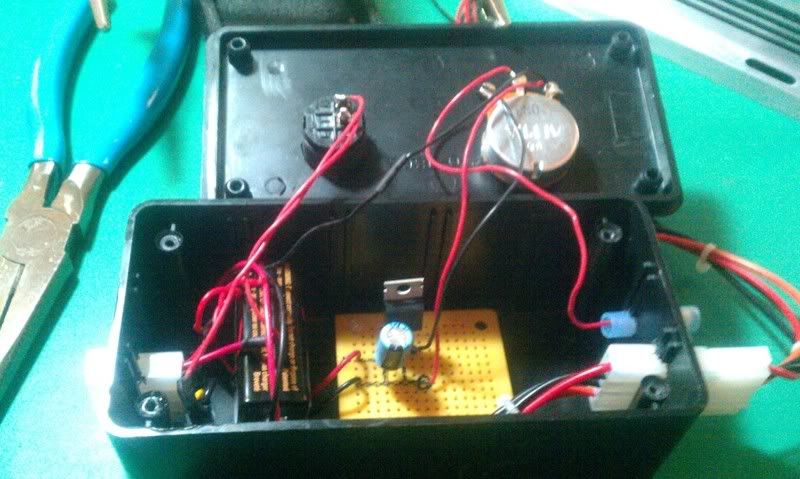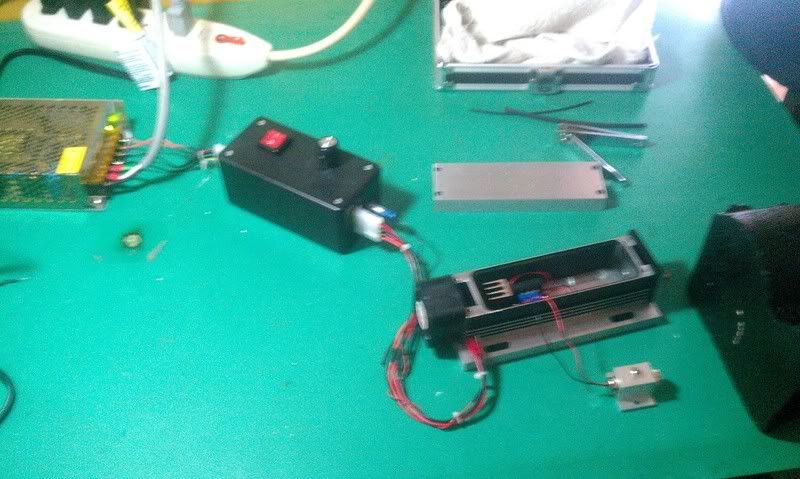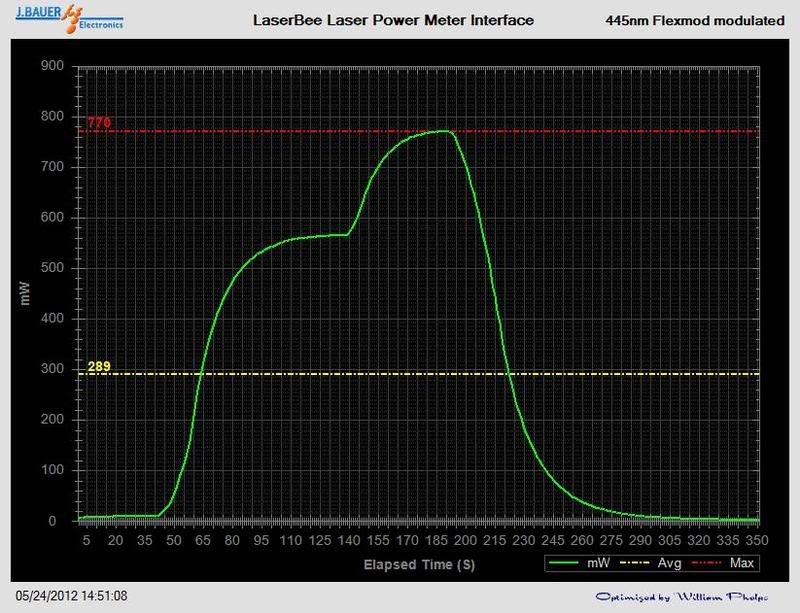MadEye
0
- Joined
- Aug 6, 2011
- Messages
- 129
- Points
- 0
Ok, i thought you were using a 5V regulator. If using something like the LM317 you need to set it up in constant voltage mode using a resistor in a specific way. For setting it with a resistor you need a low tolerance resistor to be sure to get nice 5V, and not like 4.8 or 5.2... I feel like I told you this before. 
I dont know exactly how you need to set it up, I will check the data sheet in a minute.
So using it you would only get 5% of output like that. Sure your Diode is really LEDd?
I dont know exactly how you need to set it up, I will check the data sheet in a minute.
So using it you would only get 5% of output like that. Sure your Diode is really LEDd?













